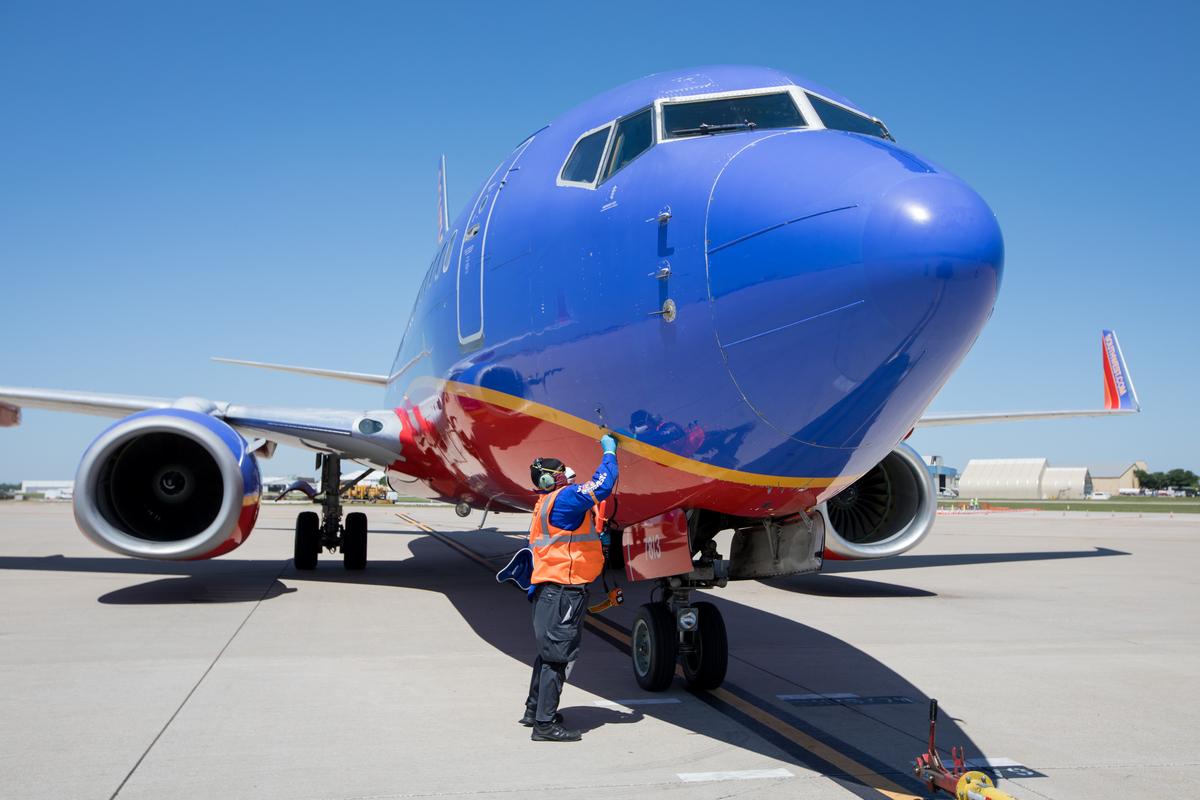
Southwest Airlines president and CEO Gary Kelly said business must double from current levels for the company to break even, as demand remains badly depressed despite modest improvement in close-in leisure bookings.
Dallas-based Southwest expects to burn $20 million per day in the 2020 third quarter (Q3), an improvement from previous estimates of $23 million, but still deeper than July’s $17 million daily losses. August operating revenues are expected to decrease 70-75% from a year ago, roughly in line with the prior month’s result, with a load factor of 40-45%.
“We’ve got to find a way to eliminate these huge daily losses and just get to the other side of this pandemic,” Kelly said in a video message to employees. “Any uptick in demand is welcome, but the bottom-line result is still terrible, of course.”
In stark contrast to other major carriers, Southwest has committed to avoid involuntary furloughs through year end, although Kelly left open the possibility that cuts beyond that date may still occur unless the U.S. Congress extends the federal government’s CARES Act Payroll Support Program (PSP).
“I remain hopeful that Congress will get together and pass a second CARES Act with a clean six-month extension of the $3.2 billion in payroll support we received from the first CARES Act,” Kelly said. “That would go a long way to help us get to the other side and avoid furloughs like you’ve seen at our competitors.”
Southwest now expects adjusted August capacity to be down 27% from the same period last year, a reduction from original plans of down 20%. Scheduled capacity will continue to decline in the coming months, with the company’s latest forecast calling for September and October schedules to be down 40% and 40-50% year-over-year, respectively.
The latest projections signal a retreat from earlier plans to operate nearly flat capacity by year end, which now appears highly unlikely given the deteriorating outlook and resulting schedule cuts. In early June, for example, Southwest chief commercial officer Andrew Watterson told Aviation Daily the planned progression “from April all the way to the last few weeks of December can basically be thought of as one flat, long, steady ramp-up of capacity.”
U.S. airlines are bracing for a difficult post-Labor Day period, when they will have to grapple with the loss of federal payroll support, combined with the annual drop-off in leisure travel that typically occurs in September when students return to school. Unlike normal years, however, corporate travel currently remains down 90% from year-ago levels, putting legacy carriers that depend on corporate customers during the off-peak season in a particularly thorny position.
Passenger volumes declined in the week ending Aug. 28, with the U.S. Transportation Security Administration recording fewer travelers passing through airport checkpoints every day of the week compared to the previous seven days, signaling an end to a historically-bad summer season that saw throughput barely climb above 30% of 2019 levels at its peak.





